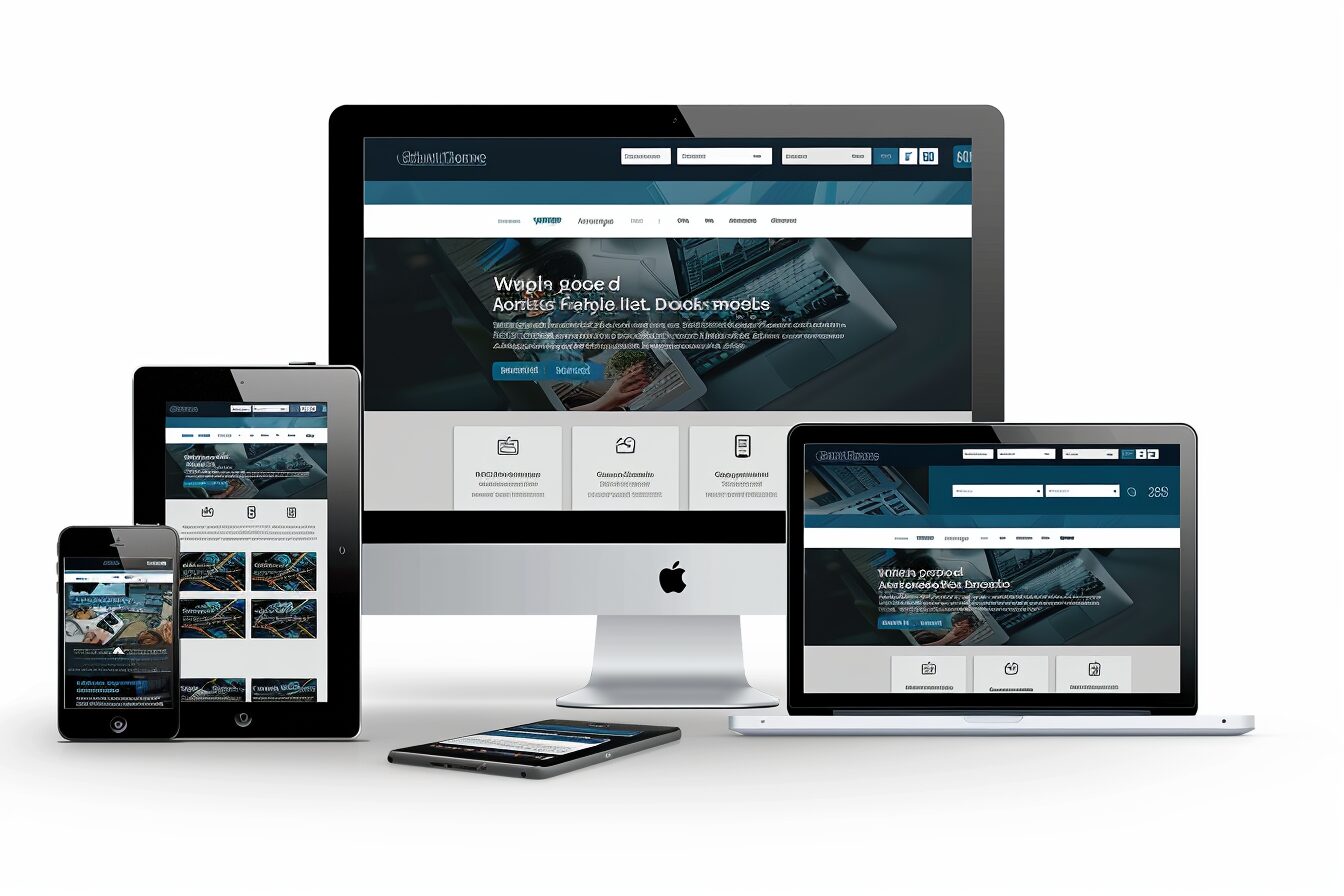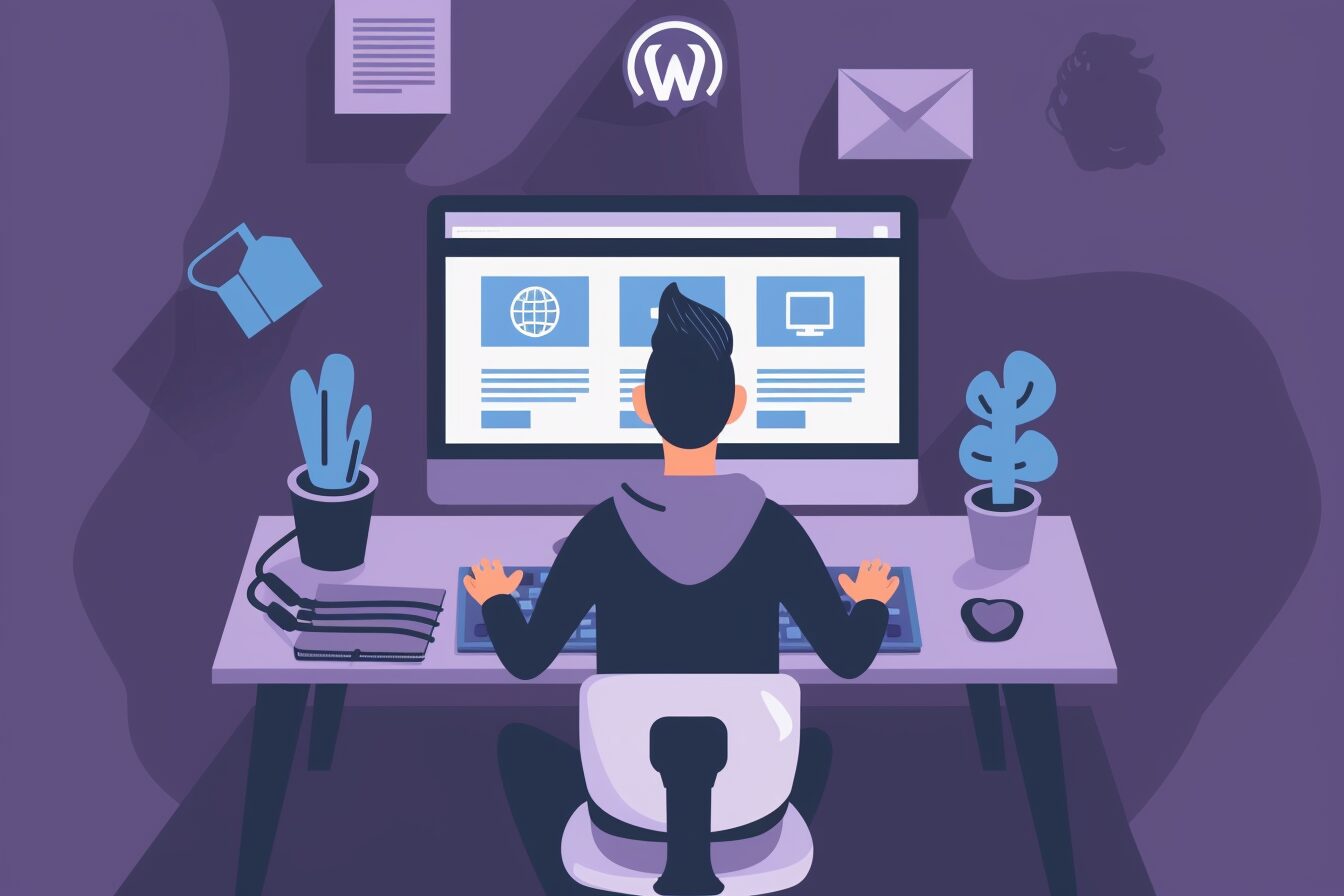The Importance of a Fast-Loading WordPress Site
The speed at which a website loads is crucial to its overall user experience. Visitors will likely abandon a webpage that takes too long, causing a significant loss in potential reader engagement, customer conversions, or ad revenue. In a world where seconds can impact perceptions, a quick-loading WordPress site can distinguish between a potential customer electing to stay and explore or abandoning the site in favour of faster competition.
Data shows that most users expect a site to load within two seconds. When confronted with slower loading times, users may perceive the site or even the company behind it as unprofessional or unreliable. As a result, site speed affects online traffic, customer behaviour, and a brand’s reputation. In the long term, optimizing the loading time of a WordPress site is a necessary investment for any business aiming for success in the digital space.
Understanding the Factors that Affect Your WordPress Site’s Loading Time
Numerous factors come into play when it comes to assessing what affects your website’s loading time. The first significant factor is the size of your website, including the size of your images and files and the coding used to design and structure your site. A higher amount of data leads to longer loading times. This is why keeping your files well-optimised and as small as possible is crucial.
Another essential factor is the server performance. If the server your WordPress site is hosted on is slow, your website will also load slowly. This is irrespective of how well you’ve optimised your site. Poorly managed web hosting servers, excessive traffic on shared hosting, or a server far from your key demographics can limit the prompt delivery of your site’s content. The configuration of your WordPress site, such as the use and number of plugins, also plays a big role in your site’s loading time.
Strategies to Minimise Your Website’s File Sizes
Minimizing the file sizes of your website is a crucial strategy in improving your website’s loading speed. This process involves reducing the size of your site’s files without sacrificing the quality or functionality. Larger file sizes demand more bandwidth, deterring a website’s quick load time. Images, videos, CSS, and JavaScript files form the bulk of files on a website; hence, they play a significant role in its load speed.
Numerous techniques can be applied to reduce the file sizes. One common method is compression, where technologies like Gzip and Brotli compress the site’s files, making them lighter. Another effective way is using appropriate file formats. For example, using WebP for images instead of JPEG or PNG can result in smaller file sizes. Further, CSS and JavaScript files can be minified, removing unnecessary characters, thereby decreasing the file size and ultimately improving your WordPress site’s load time.
Utilizing Caching for Enhanced Website Speed
Web caching is an efficient strategy that dramatically improves the speed of a WordPress website. It’s a mechanism that stores copies of documents passing through it; subsequent requests are then served from the cache. This can significantly decrease the server and network load, as it doesn’t have to generate those pages again. Essentially, it creates a static version of your website and provides it, thereby reducing server rendering times.
WordPress caching can be easily implemented with the help of various plugins. Some popular ones include WP Rocket, W3 Total Cache, and WP Super Cache. These plugins create and save a static copy of your website’s pages, allowing them to be called up instantly instead of generating the whole page via PHP scripts. This method can reduce your loading time from a few seconds to just a few milliseconds, optimizing your site performance for both user experience and search engine ranking. Always take precautions when selecting and installing plugins, and ensure they are compatible with your WordPress version.
How to Optimise Your WordPress Database for Speed
One of the key strategies to enhance your WordPress site’s speed involves optimizing your database. Your WordPress database stores critical information such as user data, posts, pages, comments, and other essential website elements. Over time, these databases can become bloated with unnecessary data, obsolete content, spam comments, or unapproved content. This bloat can result in slower query times and thus longer page loads, creating a lag that your visitors may find frustrating.
There are several effective strategies to optimise your WordPress database. One is employing a plugin that removes redundant data, cleans up your databases, and optimises your website’s overall performance. Plugins like WP-Optimise or WP-Sweep are efficient at removing unnecessary data. Another strategy is manual optimization, which involves regularly reviewing your database, deleting obsolete data, and optimizing your tables. However, manual optimization requires certain technical expertise and should be cautiously approached to avoid unintended data loss.
The Role of Content Delivery Networks in Quickening Website Load Time
Content Delivery Networks, often abbreviated as CDN, can play an instrumental role in improving the loading time of your WordPress site. CDNs can be considered strategically placed servers spread across the globe, designed to deliver internet content to users based on their geographical location. When a user visits a site that employs a CDN, the network delivers the site’s content from the server nearest to the user. This proximity eliminates the need for data to travel long distances, thus reducing latency and improving page load speed.
User experience and SEO ranking heavily rely on your website’s swiftness. A slow-loading website can frustrate visitors and subsequently deter potential customers. Implementing a CDN into your WordPress site effectively boosts your site’s speed by storing a cached version of its content in multiple geographical locations. This reduces the time for information to travel from the server to the user’s device. With a CDN, a WordPress website can provide a more efficient, faster service to its global audience.
In addition to quickening website load time, Content Delivery Networks offer several other benefits:
• Enhanced User Experience: CDN ensures that users receive the same high-quality content regardless of location. This results in a seamless and enjoyable browsing experience.
• Improved SEO Rankings: Faster loading times can improve your site’s search engine rankings. Google has stated that site speed is a factor in its ranking algorithm, so using a CDN could increase your search engine visibility.
• Scalability: CDNs are designed to handle sudden traffic spikes effortlessly. If your website experiences an unexpected visitor surge, the network can easily accommodate this without any noticeable impact on performance or user experience.
• Increased Security: Many CDNs offer additional security features such as DDoS protection and secure token authentication. These features help protect your WordPress site from malicious attacks and unauthorised access.
• Cost-Effective: By reducing bandwidth consumption through caching and other optimization methods, CDNs can significantly lower hosting costs for businesses of all sizes.
To summarise, integrating a Content Delivery Network into your WordPress site improves page load speed and enhances user experience, boosts SEO rankings, provides scalability during high traffic periods, increases security measures and proves cost-effective by lowering hosting expenses.
The Impact of Web Hosting on Your Site’s Loading Speed
A WordPress site’s loading speed can be greatly affected by the quality of the web hosting service. Different facets of a web hosting service come into play, such as the server’s capabilities where your site is hosted, the number of sites sharing the same server, and the server’s physical location relative to your audience. If these aspects are not up to par, even the most well-optimised WordPress site can suffer from sluggish load times, negatively affecting user experience and potentially driving away visitors.
Conversely, a robust and reliable web hosting service can significantly enhance your website’s loading time. By employing high-performance servers and seldom overloading them with too many websites, a good web host ensures that the servers can handle the load put on them, thus providing swift and dependable connection speeds. Also, premium hosting services may have servers distributed across several locations globally, allowing quicker loading times as the data doesn’t have to travel as far. Therefore, choosing the right web hosting service is paramount if you want a fast-loading WordPress site.
The Benefits of a Minimalist Theme for Your WordPress Site
Choosing a minimalist theme for your WordPress site can greatly improve your website’s speed. In essence, minimalist themes are designed to be simple and elegant yet functional, with more emphasis placed on content rather than extravagant design aesthetics. The primary focus revolves around simplicity, resulting in fewer elements for your site to load. Furthermore, minimalist themes generally have less code, meaning there’s less for your server to process, potentially shortening your website’s loading time.
Another advantage of minimalist themes lies in their responsiveness. Their simplicity allows them to adapt smoothly to any screen size, whether desktop, mobile or tablet. Responsive design is not just about visual appeal, it’s about speed too. If your site can quickly adjust to different screen sizes, it can save loading time. This makes for a cleaner, more user-friendly interface, which not only adds to a great user experience but also the overall speed of your site. Besides speed, choosing a minimalist theme can also aid in achieving better SEO results, as search engines tend to favour websites that load faster.
How to Regularly Monitor Your WordPress Site for Optimal Performance
Regularly monitoring your WordPress site’s performance can help pinpoint any issues before they escalate, potentially damaging loading times. This process can be done manually, but automating it using the right tools and plugins can be a more efficient strategy. WordPress plugins designed specifically for this task will send alerts when your site experiences downtime, high CPU usage, or anything that could potentially slow the loading speed of your pages.
Plugins, such as Jetpack and Pingdom, regularly check your site to ensure it’s functioning as expected. Jetpack, in particular, offers an “uptime monitoring” feature that alerts you immediately when your site goes down. This ensures the prompt resolution of any issue that may arise. On the other hand, Pingdom provides detailed performance reports that identify what might be causing any slowdown. It presents a big picture of your website’s speed, giving clear insights into whether your optimization efforts are working or adjustments are needed.
Implementing Lazy Loading to Speed Up Your WordPress Site
Lazy loading is a significant strategy that can effectively reduce the loading time of your WordPress site. Instead of loading all elements of a webpage simultaneously, which can increase loading time dramatically, lazy loading only loads aspects of your site that are immediately visible to users. It waits to load other components until the user scrolls to them. This method decreases the initial page loading time and minimises bandwidth usage, contributing to improved and efficient site performance.
Even though WordPress doesn’t support lazy loading by default, numerous plugins can include this feature in your site. Plugins such as a3 Lazy Load and Lazy Load by WP Rocket allow users to implement lazy loading easily without the need for coding. By installing and activating a reliable lazy loading plugin on your WordPress site, you can enjoy a more streamlined user experience and significantly reduce loading time. It’s a beneficial step towards enhancing your overall site performance.









